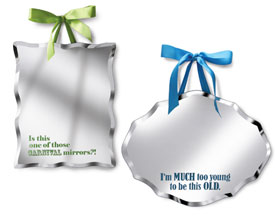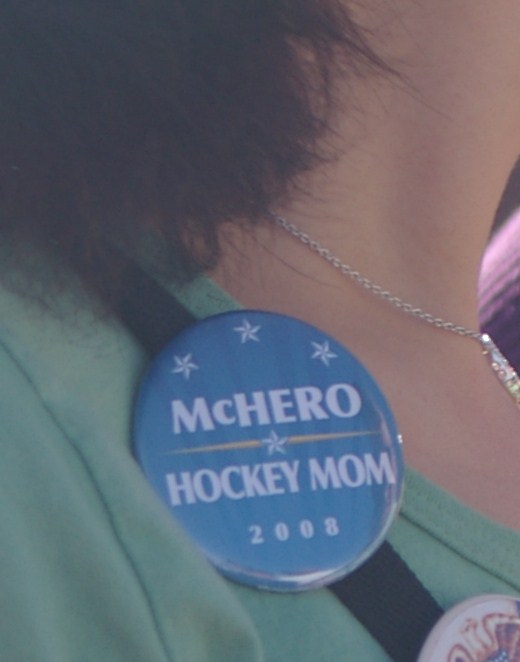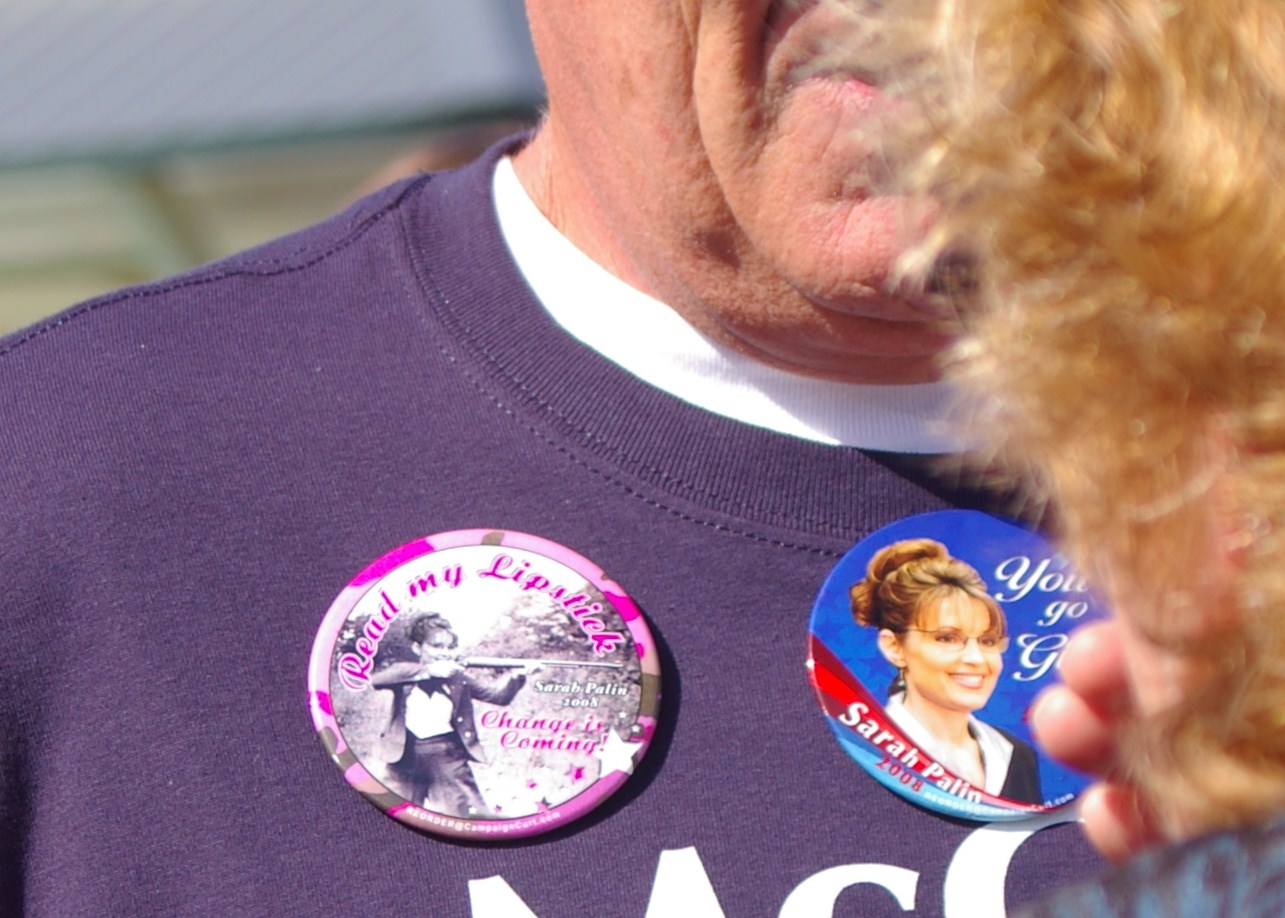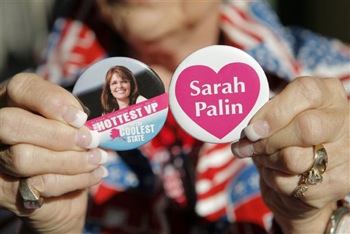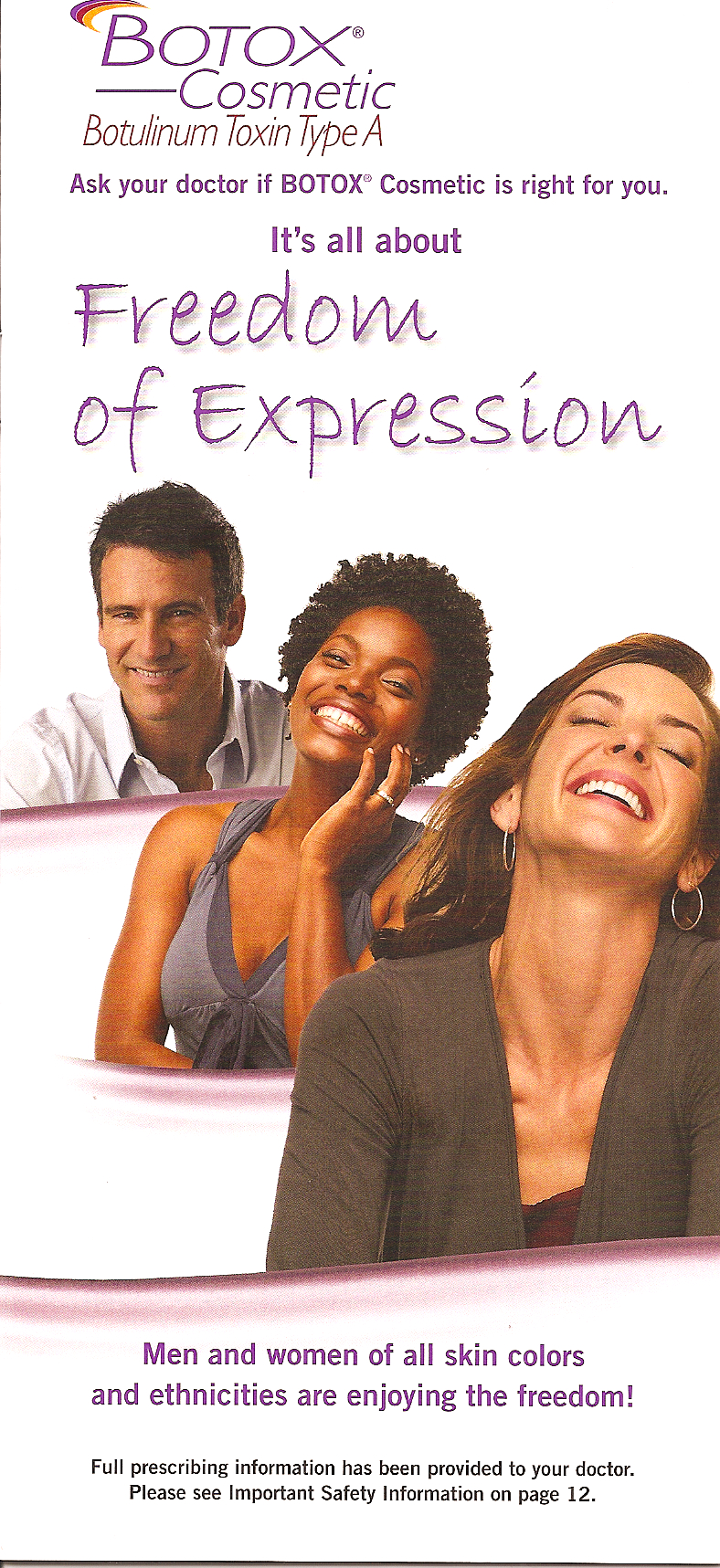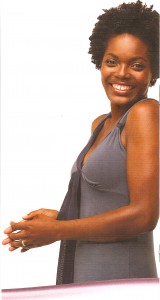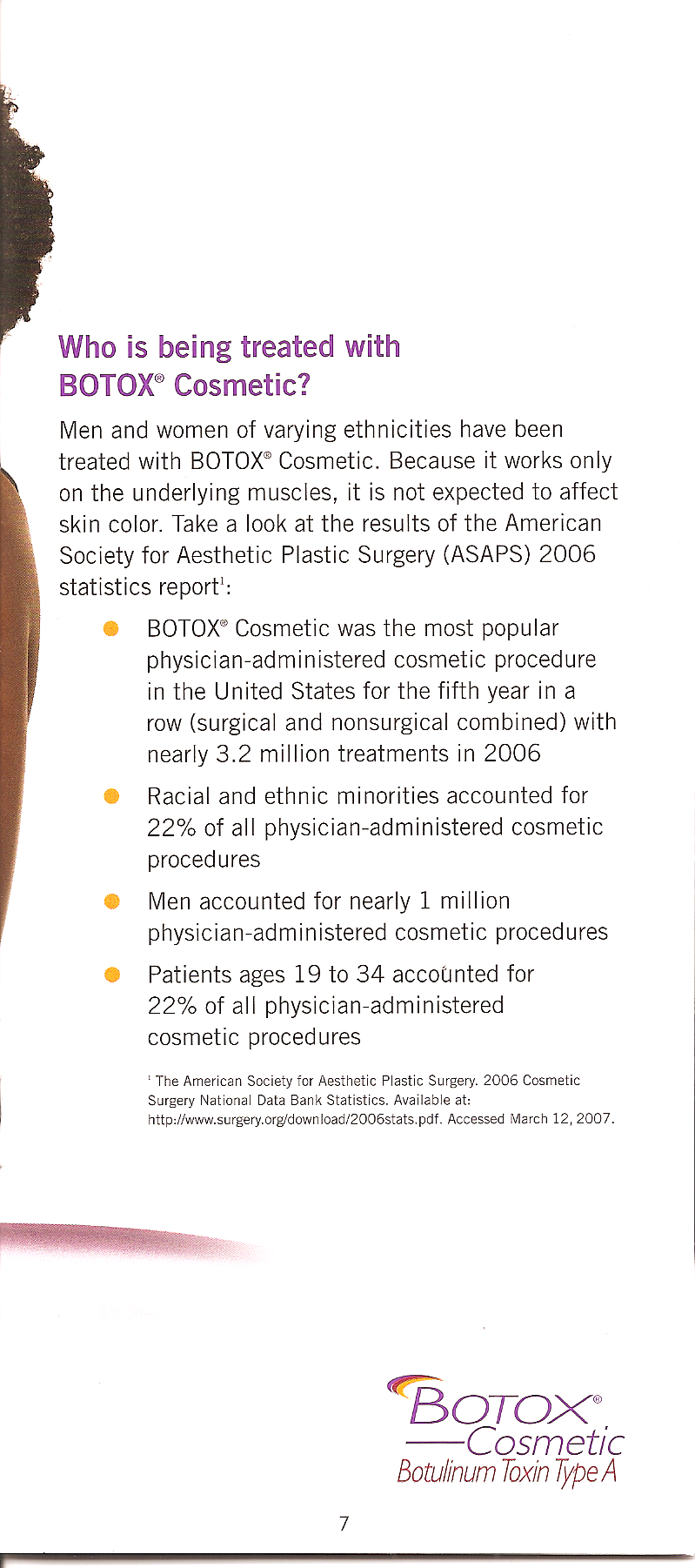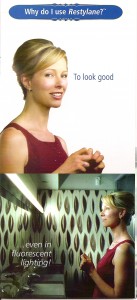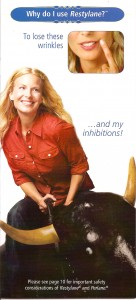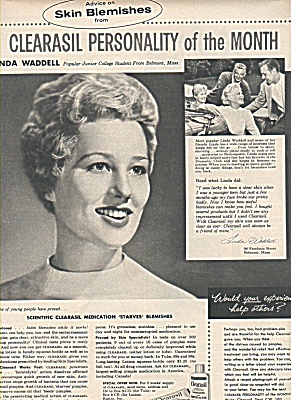No longer just for the lovely, Unilever’s “Fair and Lovely” is being marketed to men (see here and here for ads for “Fair and Lovely”). The marketing is interesting on at least three levels:
(1) The ads exploits men’s insecurity about their appearance, just as they do for women.
(2) However, they masculinize the product with the “Fair and Handsome” name and, in the second commercial, by emphasizing the sporty-fighty-ness of the men using the product (see also our posts on make-up for men, masculinizing hair product, and selling hair dye to men).
(3) Though I don’t understand the language, the imagery of the arrows representing “Fair and Lovely” bouncing off of men’s skin seems to affirm the idea that men are inherently and biologically different from women… so much so that there would need to be a totally different product (kind of like the old “P.H. balanced for a woman” argument). Do correct me if I’m mistaken.
[youtube]http://www.youtube.com/watch?v=MgBevCTBTJw&feature=related[/youtube]
Via MultiCultClassics.
Lisa Wade, PhD is an Associate Professor at Tulane University. She is the author of American Hookup, a book about college sexual culture; a textbook about gender; and a forthcoming introductory text: Terrible Magnificent Sociology. You can follow her on Twitter and Instagram.






